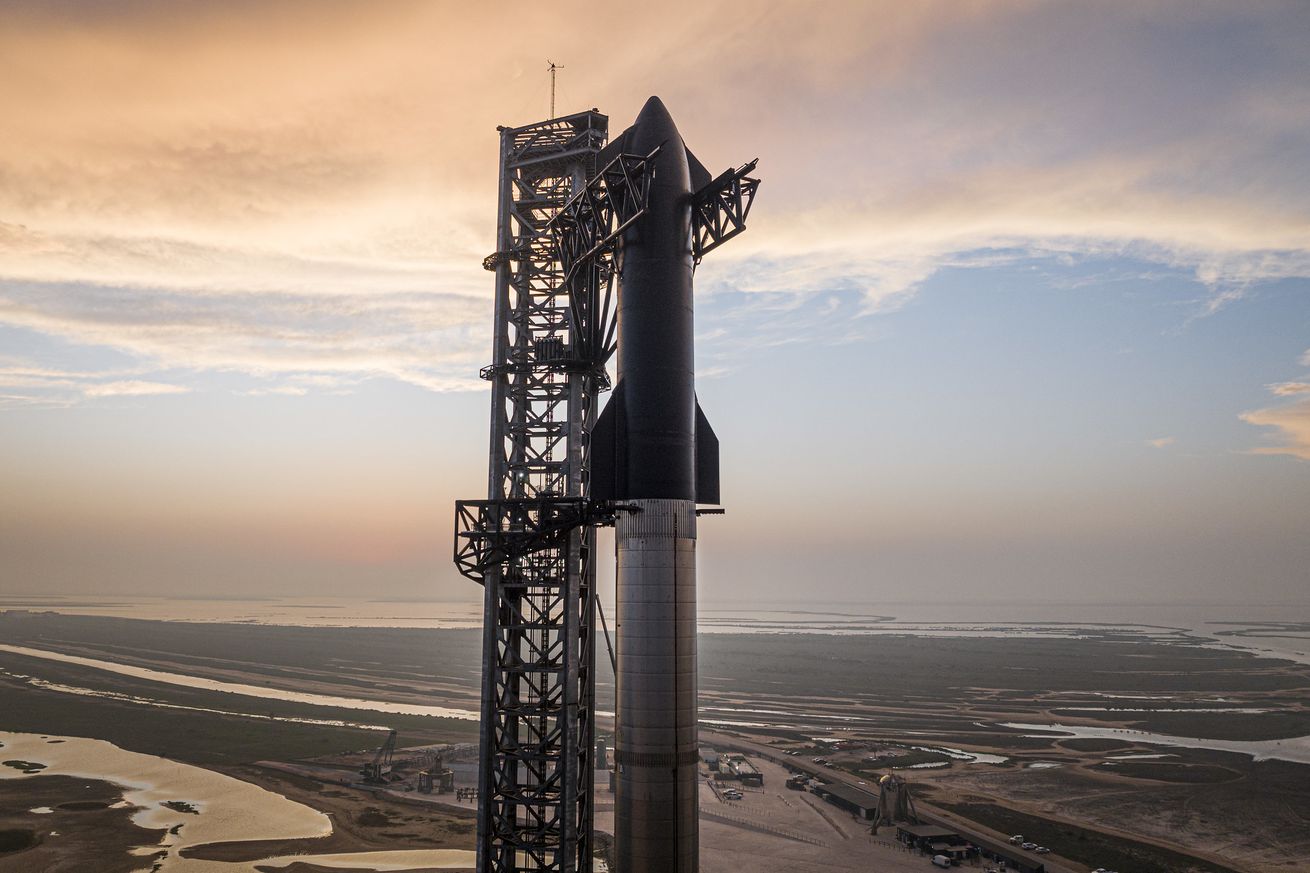
How to watch SpaceX Starship’s first test flight — the most powerful rocket ever
SpaceX second attempt at the first test flight of its integrated Starship spacecraft and Super Heavy booster is happening Thursday morning. Known collectively as “Starship,” it’s the tallest rocket ever built, standing at 394 feet tall (120 meters) — about 90 feet taller than the Statue of Liberty. It’s also the most powerful launch vehicle ever developed, with the Super Heavy booster fitted with 33 of SpaceX’s powerful Raptor engines — the most engines ever featured in a first-stage rocket booster.
Starship is integral to SpaceX CEO Elon Musk’s vision of eventually sending a crew of people to Mars. It supersedes the company’s Falcon 9 rocket — currently the world’s most frequently launched rocket — capable of carrying more cargo and a larger crew while featuring a fully reusable design to help reduce the costs associated with spaceflight. Providing everything goes as planned, SpaceX will use Starship to transport NASA’s Artemis 3 astronauts to the moon in 2025.
What time does the test flight livestream start?
The launch window for the Starship test flight is currently targeted for between 9:28AM ET and 10:30AM ET from the SpaceX Starbase facility in South Texas. SpaceX will begin livestreaming the launch at 8:45AM ET.
Scheduled launch window time start: New York: 9:28AM / San Francisco: 6.28AM / London: 2:28PM / Berlin: 3.28PM / Moscow: 4:28PM / New Delhi: 6:58PM / Beijing: 9:28PM / Tokyo: 10:28PM / Melbourne: 11.28PM
How do I watch the SpaceX Starship launch?
You can watch the live webcast directly on SpaceX’s website or YouTube channel. Alternatively, we’ve also embedded the live stream above.
What will happen during the SpaceX Starship test flight?
The test flight on Monday will see Starship takeoff from Texas and reach an altitude of about 150 miles, flying around the world for 90 minutes before eventually falling into the Pacific Ocean near Hawaii. Starship’s Super Heavy booster is expected to fall separately into the Gulf of Mexico around eight minutes after the launch. A full flight plan for the test can be found over on the SpaceX website.
SpaceX eventually intends for Starship and its Super Heavy booster to be landed and re-used. But for the vehicle’s first test flight, the company isn’t focused on Starship’s reusable design features yet. Instead of attempting a vertical landing of Starship or to catch the Super Heavy booster, both vehicles will sink to the ocean floor.
Data from Monday’s test is intended to help engineers make improvements for future launches and fix any issues that arise during the flight — providing the launch is successful. If any issues do arise that prevent Monday’s test flight from taking place, The New York Times reports that SpaceX will re-attempt the launch throughout the week.
SpaceX CEO Elon Musk is trying to keep expectations low ahead of the test flight. “If we get far enough away from the launchpad before something goes wrong then I think I would consider that to be a success. Just don’t blow up the launchpad,” Musk said in a Twitter Spaces live chat on Sunday night. “The chances of us triggering an abort and having to postpone the launch are high.”
Update April 17th, 8AM ET: Article updated to reflect new launch time of 9.20AM ET.
Update April 20th, 8AM ET: Article updated with details of the second launch attempt on April 20th.

